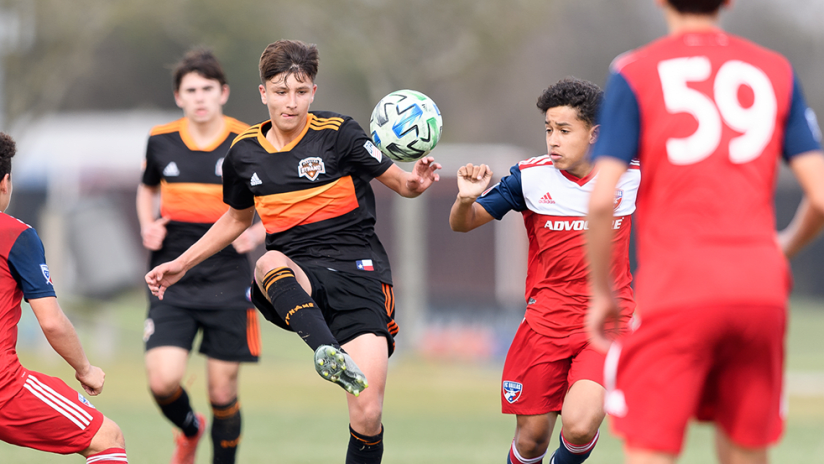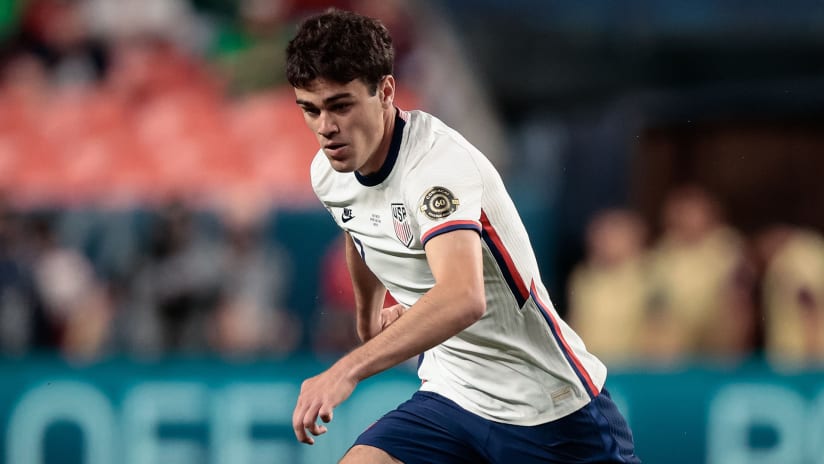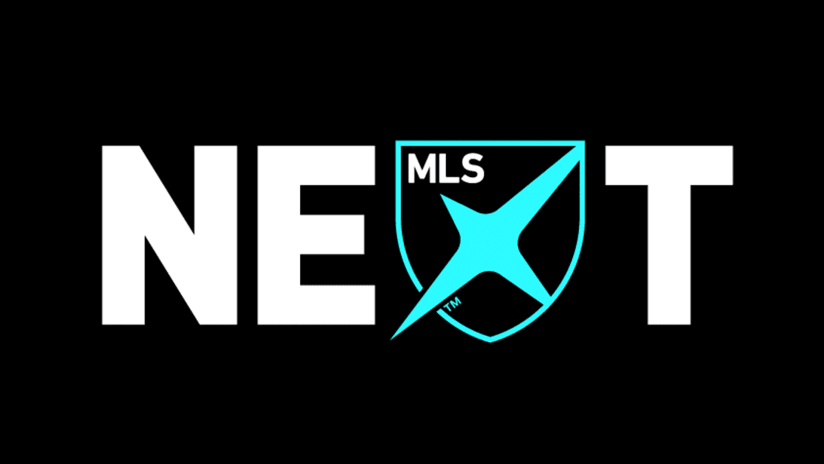Competitive youth sports has become big business. Very big.
In recent years this has grown into a multi-billion-dollar industry, with soccer at the forefront. Current estimates of this economy range from $20-40 billion per year in the United States alone, and one projection forecasts it will swell to nearly $80 billion by the time the World Cup returns here in 2026.
Most American soccer families are all too familiar with the trappings of this world: The tryouts, the pressure, the huge time commitments, the word cloud of adjectives like “travel,” “select,” “elite,” “premier” – and most of all, the costs. Oh, the costs.
They can be mind-boggling, easily soaring well into the five figures annually per child, the infamous “pay-to-play” system that excludes the less wealthy and limits the ability of the US and Canada to maximize their huge, diverse populations for competitive success at the international levels. Much of it is spent on gasoline, plane rides, hotel rooms and the other pricey trappings of the travel that’s become all too common among elite leagues and tournaments, the latter of which has become a cottage industry unto itself.
“You talk to lacrosse, you talk to football, baseball, basketball, hockey [officials], they're all dealing with the same issues,” noted Skip Gilbert, the new CEO of US Youth Soccer, in a recent conversation with MLSsoccer.com. “Part of it is, with the parents’ expectations and wanting their kids to be the best, parents are going to think, ‘oh my goodness, if my kid is based in D.C., they're going to be much better by having to play a team in South Carolina or Southern California.’ And the parents put their kids up on the pedestal.”
There’s a worthy idea at the heart of this: The idea that the most talented players should be challenged more regularly by training with and playing against counterparts at or near their level.
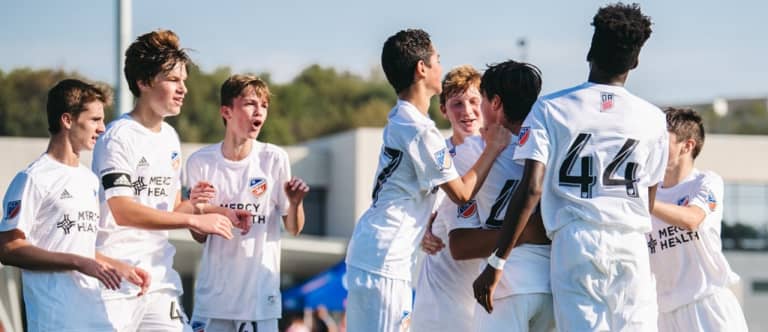
FC Cincinnati Academy players in action | FC Cincinnati
Decades ago, the pursuit of that goal prompted teams to range further afield in search of new and more testing opposition, and today it’s reached a point where top teams in competitions like the U.S. Soccer Development Academy, Elite Clubs National League and US Youth Soccer National League often travel well out of state or even cross-country several times per season. In some regions, particularly in the mountain West and Great Plains, even a basic league match can require hours of driving.
What was a troubling trend before COVID-19 hit might now be a non-starter, as families and organizations alike reckon with the fallout from the pandemic and the economic havoc it has wreaked.
“It's going to be an impact driver, absolutely,” said Gilbert. “Even when I was going through the interviewing process at the end of last year, one of the points was, how do we reduce the pay-to-play model? … We absolutely have to reduce the amount of travel.
“A month ago, I was talking with one of our associates from Georgia who was saying, ‘it is kind of silly that we have a great team in Georgia playing another great team from South Carolina in a league match in Tampa, Florida’ … in today's world, there should be no reason why you have to travel up and down the Eastern seaboard to be able to play good competition for any given season.”
This issue gets to the heart of why USYS and MLS have joined forces, announcing earlier this month a partnership that seeks to address player identification and development, coaching education and a range of other issues at the grassroots level. With 55 state associations and some 3 million registered players and hundreds of thousands of volunteer coaches and administrators, USYS is the largest soccer organization in North America (and likely the world as well) and offers unmatched reach from coast to coast.
The granular details of the partnership have yet to be released and much is likely still in formation. But it probably starts with revitalizing existing structures like the Olympic Development Program. USYS are already reimagining their top-level competitive platform — National League — in the hopes of better elevating and testing talented players and teams in their own communities or states, and could do the same with State Cup. Travel out of market would not be fully eliminated – that would risk throwing the baby out with the bathwater – but more carefully measured and earned, and possibly subsidized by business sponsorships.
“The world's going to see this out of our National League, where we have 13 conferences and there are going to be more added to that over the next year or two, so that you're going to see a much more focused regionalization,” said Gilbert, himself a standout goalkeeper with the University of Vermont and, briefly, the Tampa Bay Rowdies of the old NASL in his younger days.
“Let's keep the kids home. Let's make sure if they have to get on a plane, it’s for the national championship, or it's for a very specific purpose, not just to go satisfy a league requirement that puts you on an airplane taking you 20 states away, so that you can get a match in there. We've got to do better.”
What might prove even more influential – and challenging for Gilbert and other soccer executives: Healing the wider fractures in this contentious, and lucrative, landscape. Competing organizations like US Club Soccer and ECNL grew out of coaches’ and clubs’ frustrations with incumbents like USYS and AYSO earlier this century, with the rebels building professionalized structures that were perceived as more focused and responsive than USYS’ large, volunteer-driven model.
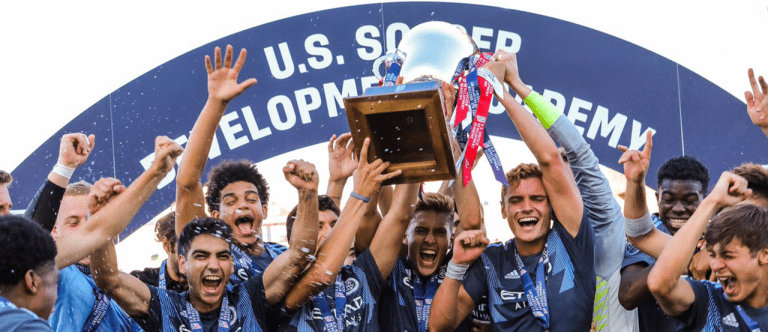
NYCFC celebrates winning U-19 Development Academy title in 2019 | New York City FC
The newcomers have prospered, and their members have nurtured many of the United States’ top players over the past decade or so. But in the long run the proliferation of leagues has exacerbated the travel dilemma, with teams often traveling out of town to play league opponents instead of facing off against rivals located far closer, but in competing organizations.
Can these walls be surmounted in pursuit of the greater good?
“The absolute honest answer? I don't know,” said Gilbert. “Can we figure out a way to do it without upsetting each organization's competitive structure? I don't know what the answer is. We're all trying to get there, and we all want to get there. But you're absolutely correct. It makes no sense for a team to get in a car, drive past a home field of someone that's in a different structure where it would be a great match, but they just can't play each other because the two organizations don't necessarily see eye to eye.”
Unifying and broadening the pyramid at the local and state levels could also open up new opportunities for talent that’s been overlooked or excluded by economic and access factors, which is a key facet of MLS’s advance into the youth space.
“That goes back to that development pipeline where we want anybody to be able to succeed,” noted Gilbert.
Players and coaches don’t improve while sitting in a car or on a plane. But American soccer harbors a long, ignominious tradition of those unsatisfied with the status quo walking out and starting a new team, club or organization because they were unable or unwilling to effect change internally. That’s led to an alphabet soup of leagues and organizations, many competing, often overlapping – and not necessarily for the betterment of the game as a whole.
Though breaking down those barriers and building bridges in their place is a daunting task, it looks like one of the most pivotal fronts in the effort to improve American youth soccer.

